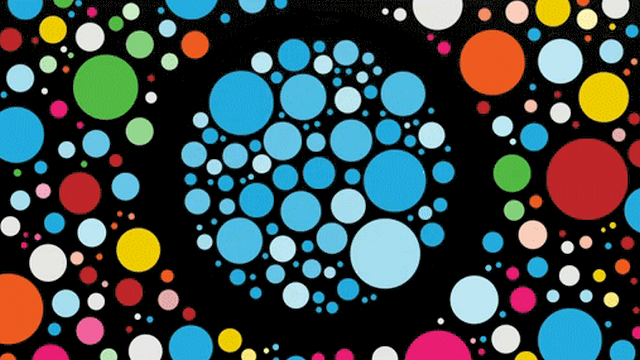
The online bubbles journalists converse within
Originally posted on The Horizons Tracker.
Journalists are increasingly using Twitter to talk to their readers, and sometimes even to source stories for articles. New research1 from the University of Illinois, Urbana-Champaign explores the ways in which journalists are using the platform, and finds that there were nine distinct clusters of journalists (according to their habits online).
The biggest of these clusters was a so called “elite/legacy” cluster, which comprised around 30% of the journalists studied, and included the New York Times, Washington Post, and NPR. A second cluster, which mainly centered around CNN, political news reporters and foreign affairs journalists, made up another 20% of the sample.
The researchers chose Twitter as a window into the lives of journalists lives, as they felt it was an accurate reflection of how they spend their time in the real world.
“Most of the time, what happens on Twitter does not reflect the real world,” they explain. “But in the case of political journalism and political elites, generally speaking, what happens on Twitter is reality.”
Monitoring at scale
By using Twitter, the researchers were also able to monitor over 2,000 journalists in one go, which would simply not be possible if doing so in real life. The journalists were compiled from the list of credentialed congressional correspondents in the Congressional Directory.
They then hunted down their Twitter accounts and harvested all of their activity online over two months in early 2018. They were particularly interested in the interactions with fellow journalists in the list. In total, this represented around 133,000 tweets from 2,015 journalists.
An algorithm was used to spot whether clusters existed, with any clusters identified then tagged according to the types of journalists within them. A number of things stood out from the analysis.
Firstly, the elite/legacy cluster, which contained some of the most influential political journalists and media in the country, was also among the most insular. Indeed, nearly 70% of all interactions made, were with other journalists in the same cluster.
“That also may mean they’re not engaging, in the same kind of way, with the people who are actually on the ground getting these sorts of congressional microscoops, they’re not engaging with the journalists who are the policy wonks,” the researchers say. “I was also really intrigued to see that there was a television producer cluster, where Fox was in the mix with ABC and CBS, which might explain why we tend to see a lot of the same faces on TV news programs.”
Professional bubbles
The ‘CNN cluster’ was labeled thus because around half of its members were CNN journalists, with the vast majority of the conversation within that cluster about personalities and stories from the network.
“CNN is telling a story about what is happening with CNN, and that is worrisome. Maybe that’s an organizational branding strategy, but I think it potentially has deleterious effects for public discourse,” the researchers say.
On a slightly less insular, not to mention positive, note, there was a cluster of long-form journalists who would often engage in deep, thoughtful dives to exchange thoughts and ideas with the wider community.
They were a relatively rare instance of political journalists breaking free from their peer bubble, however, and it’s a trend that the researchers find worrying.
“Political journalists in D.C. are people who use Twitter all day,” they conclude. “And so the question is what does that do to how they think about the world. And generally, from this paper and a previous one I did on gender and Beltway journalism, it seems to me that it can make things worse.”
Article source: The Online Bubbles Journalists Converse Within.
Header image source: Adapted from Dis.Amb.Iguando, CC BY-NC-SA 2.5 IT.
Reference:
- Usher, N., & Ng, Y. M. M. (2020). Sharing Knowledge and “Microbubbles”: Epistemic Communities and Insularity in US Political Journalism. Social Media+ Society, 6(2), 2056305120926639. ↩






